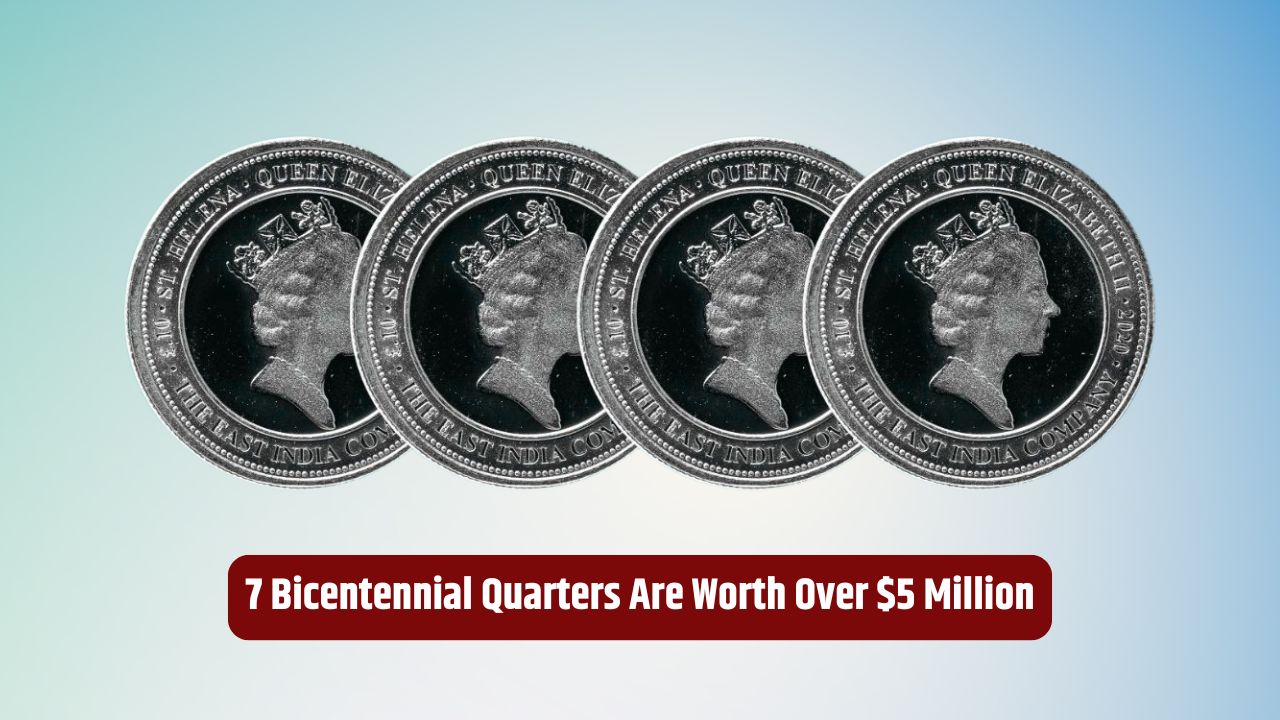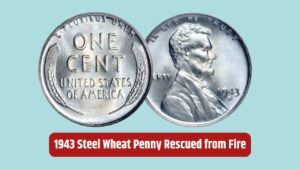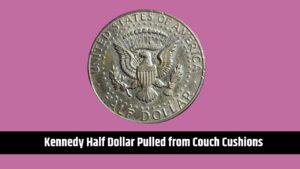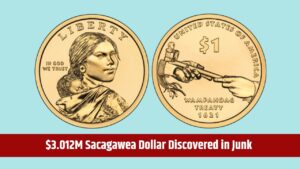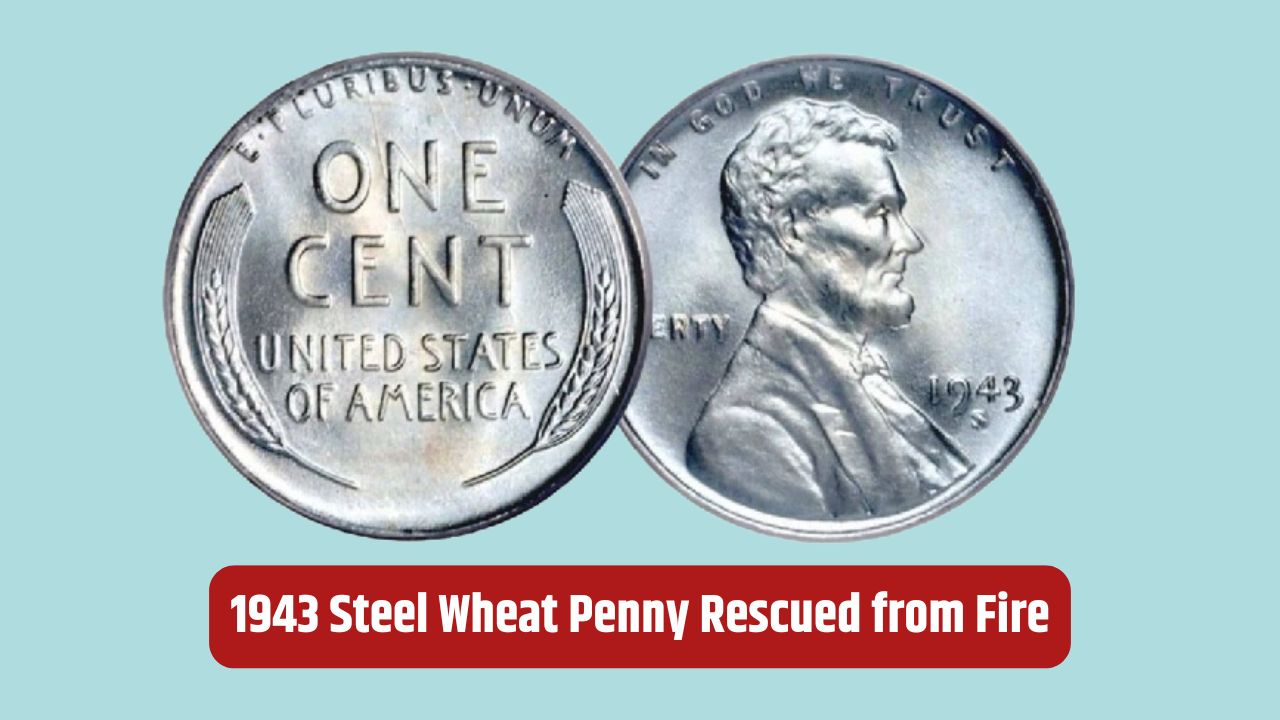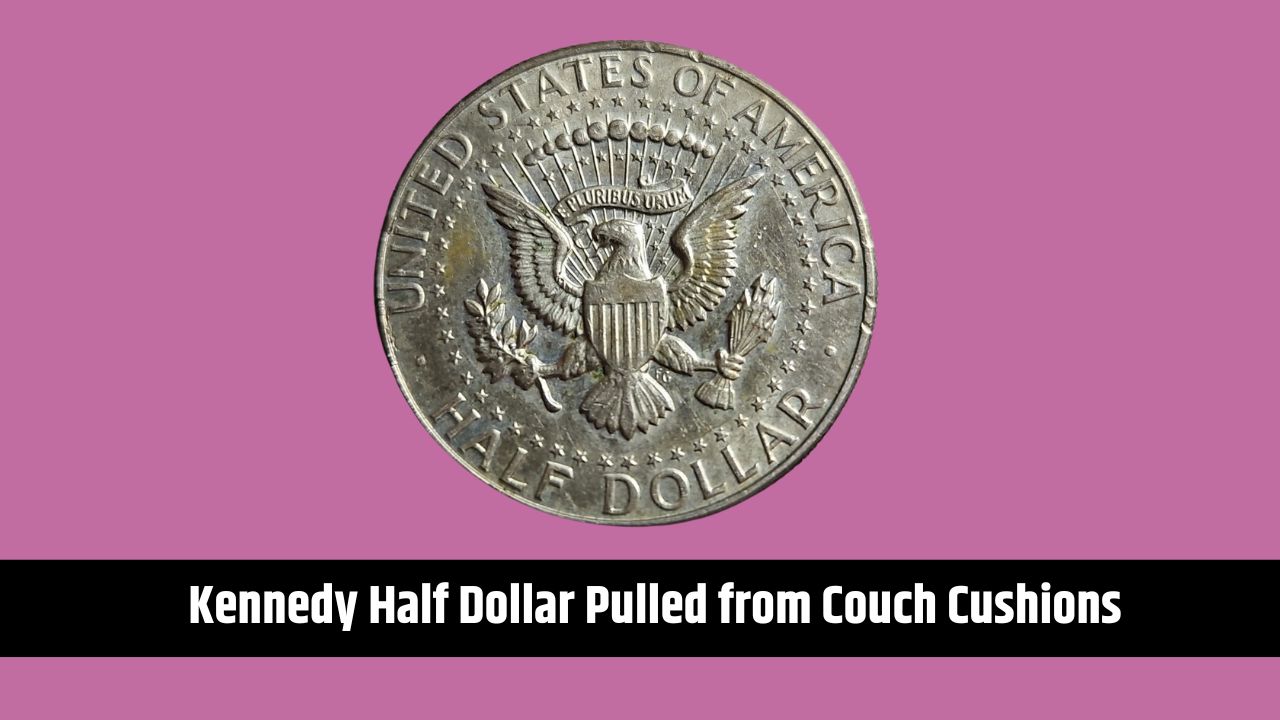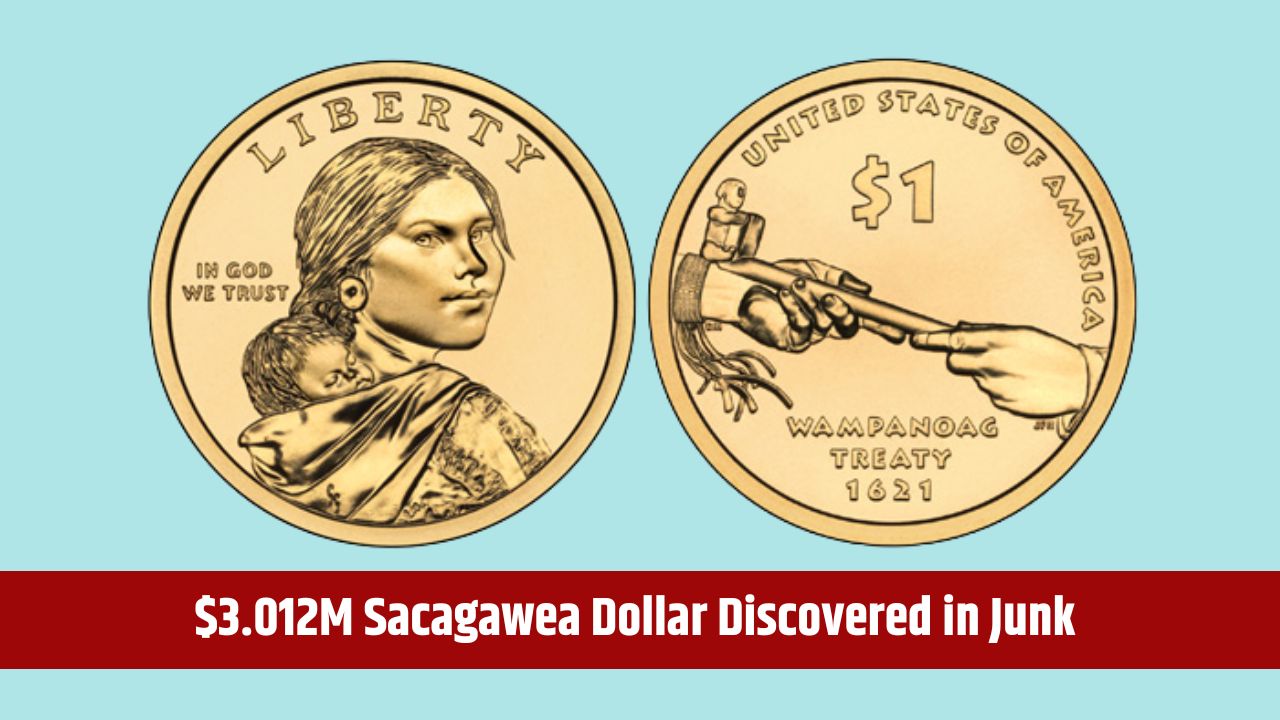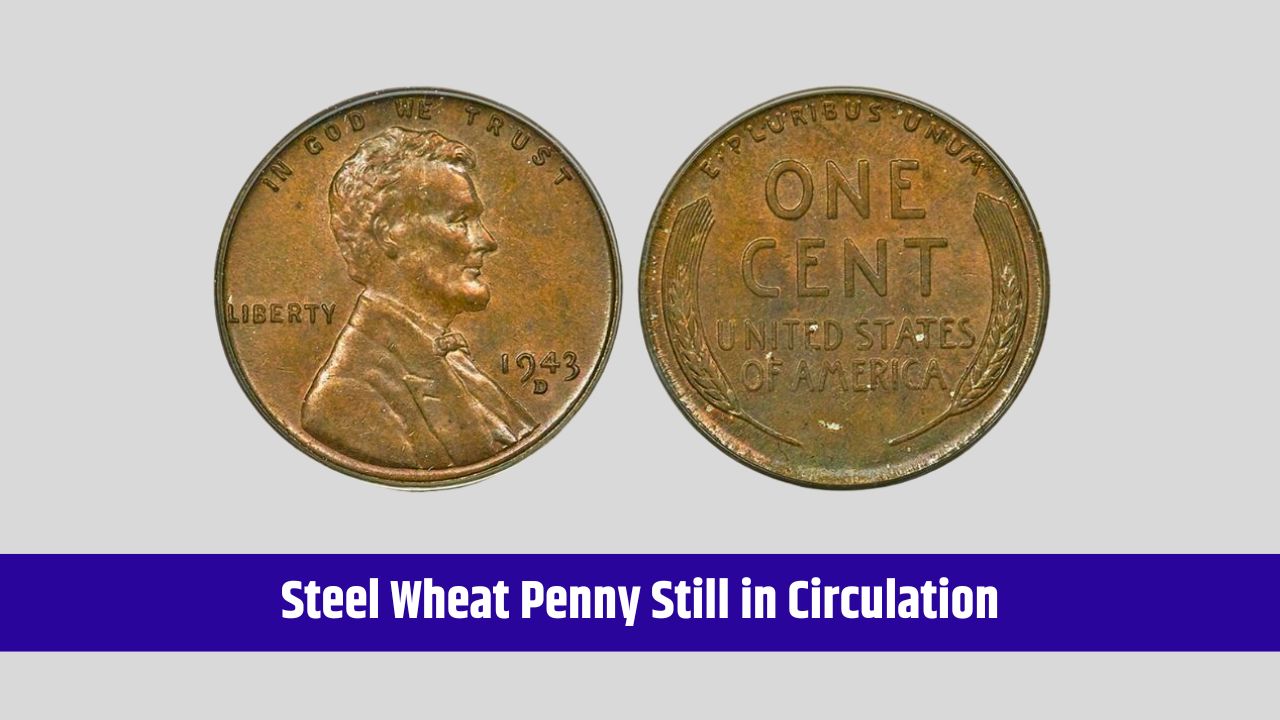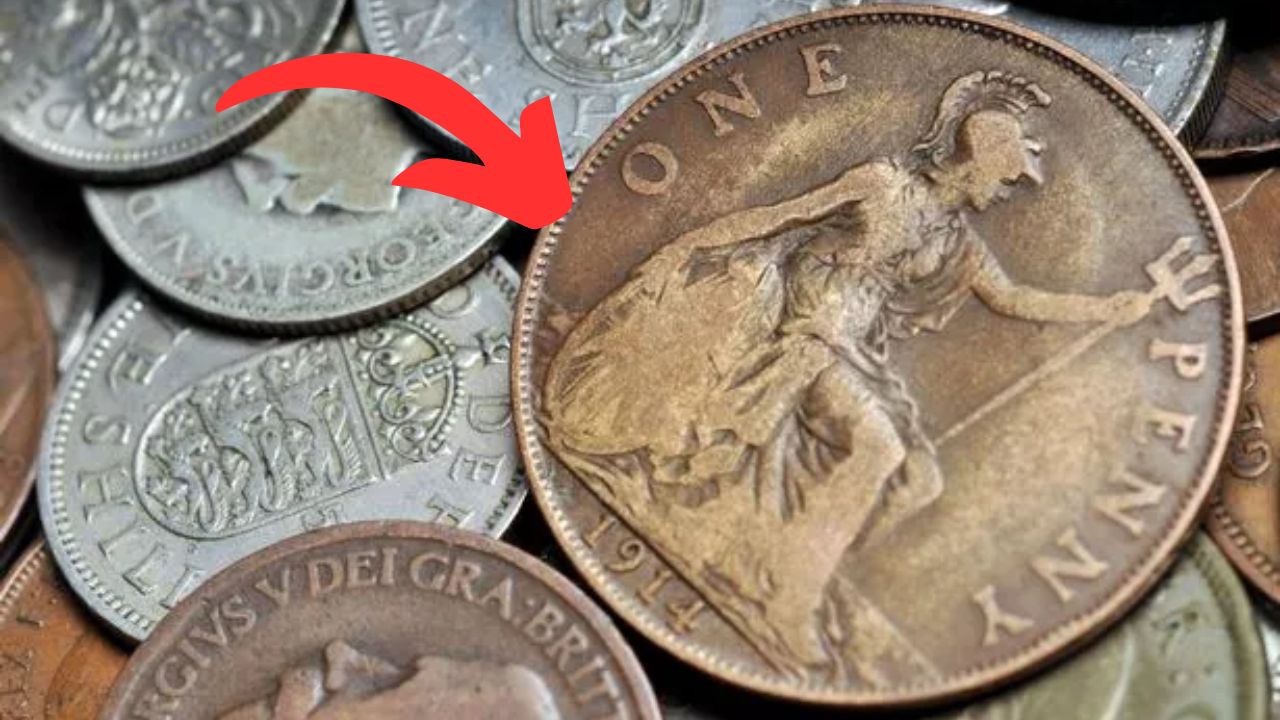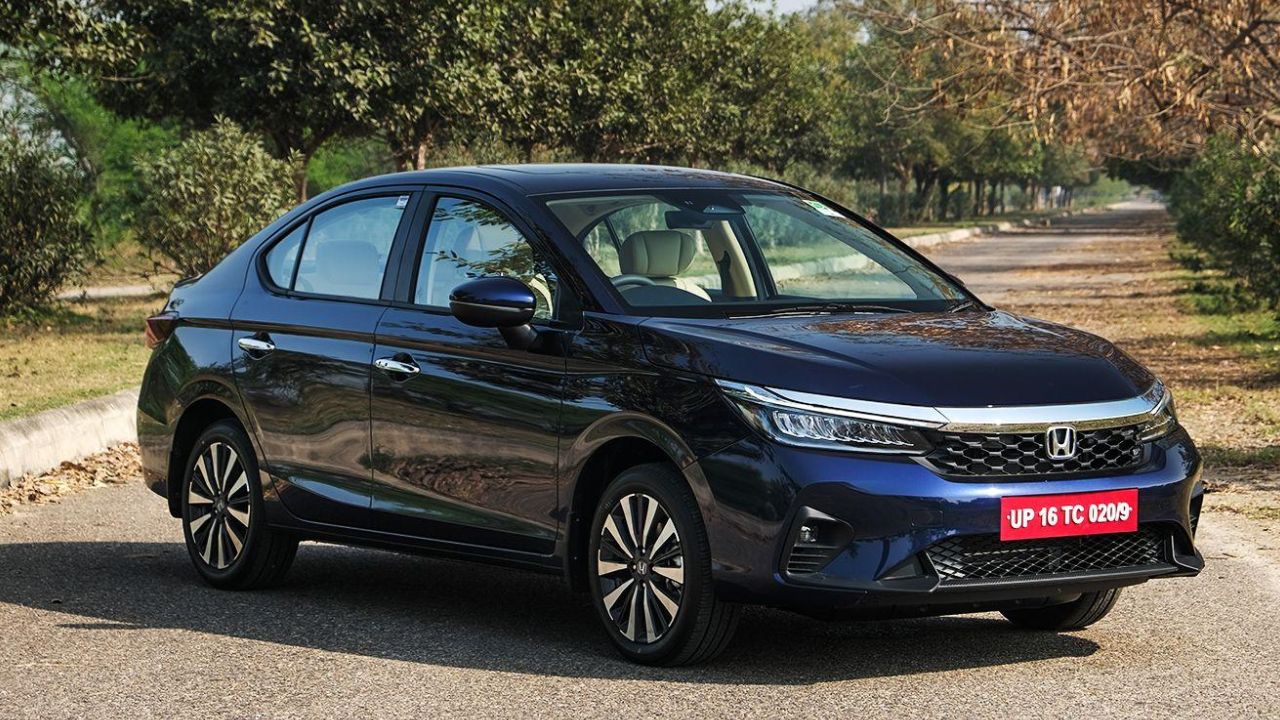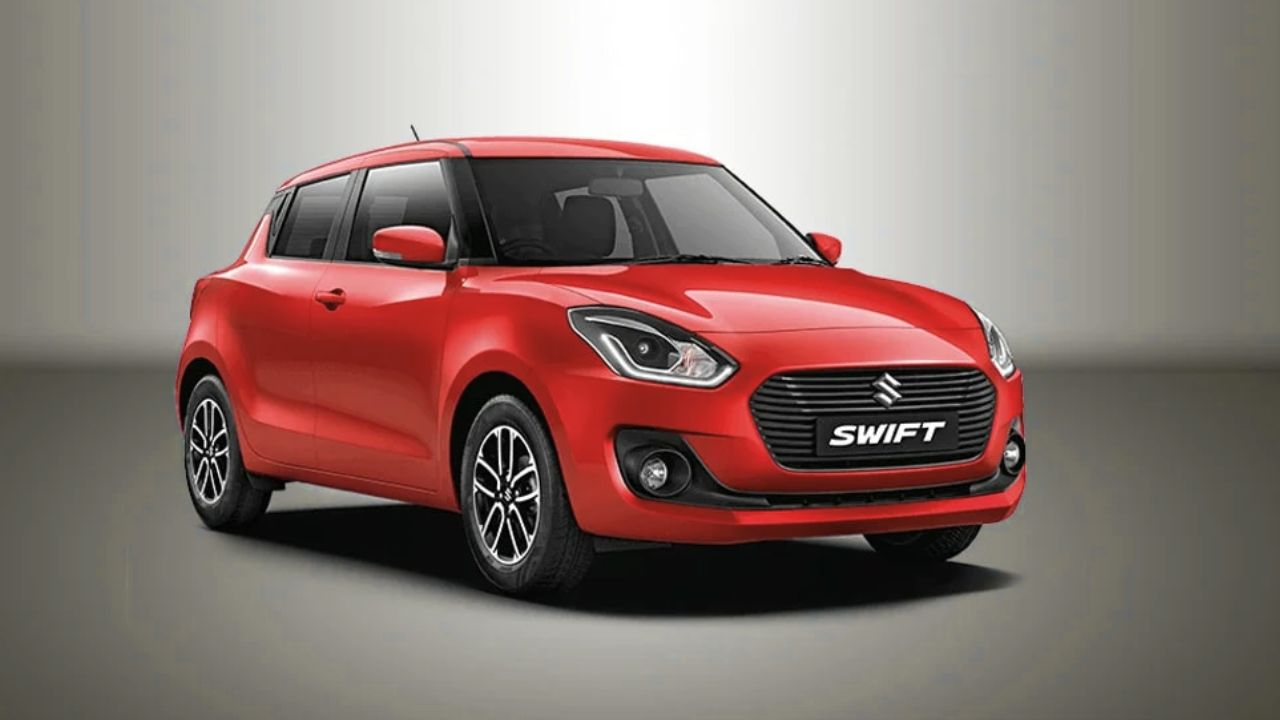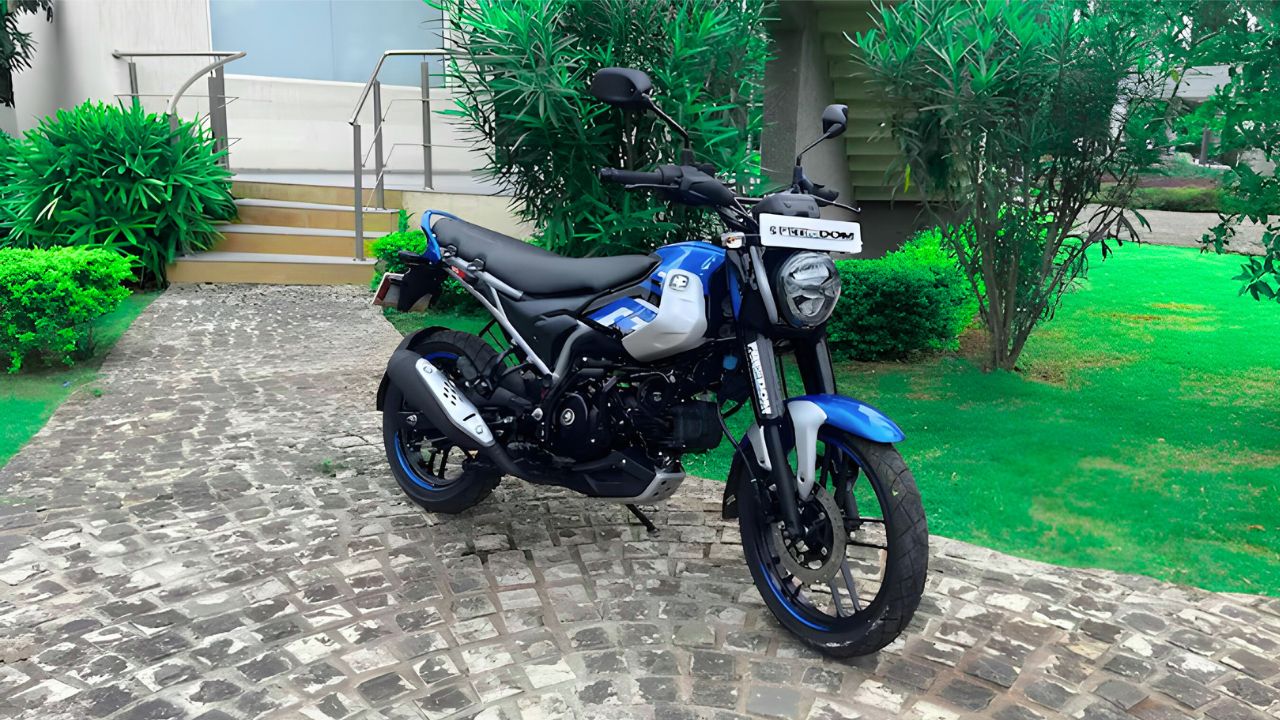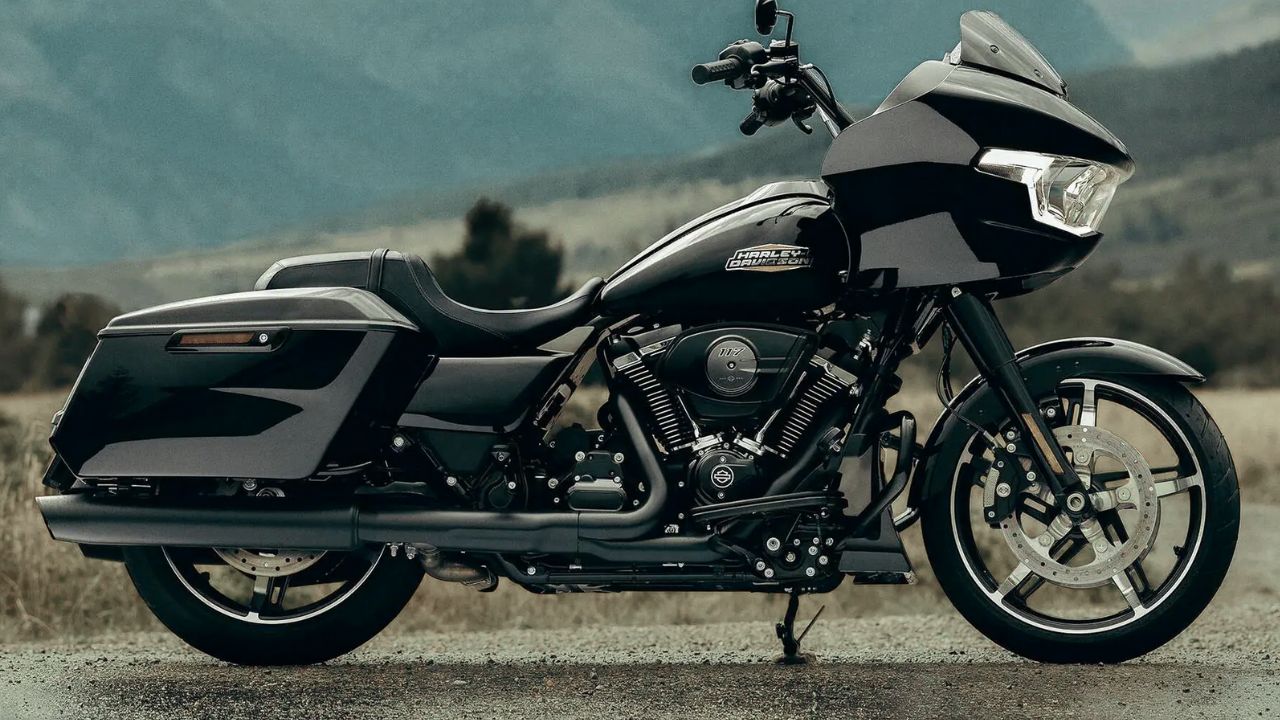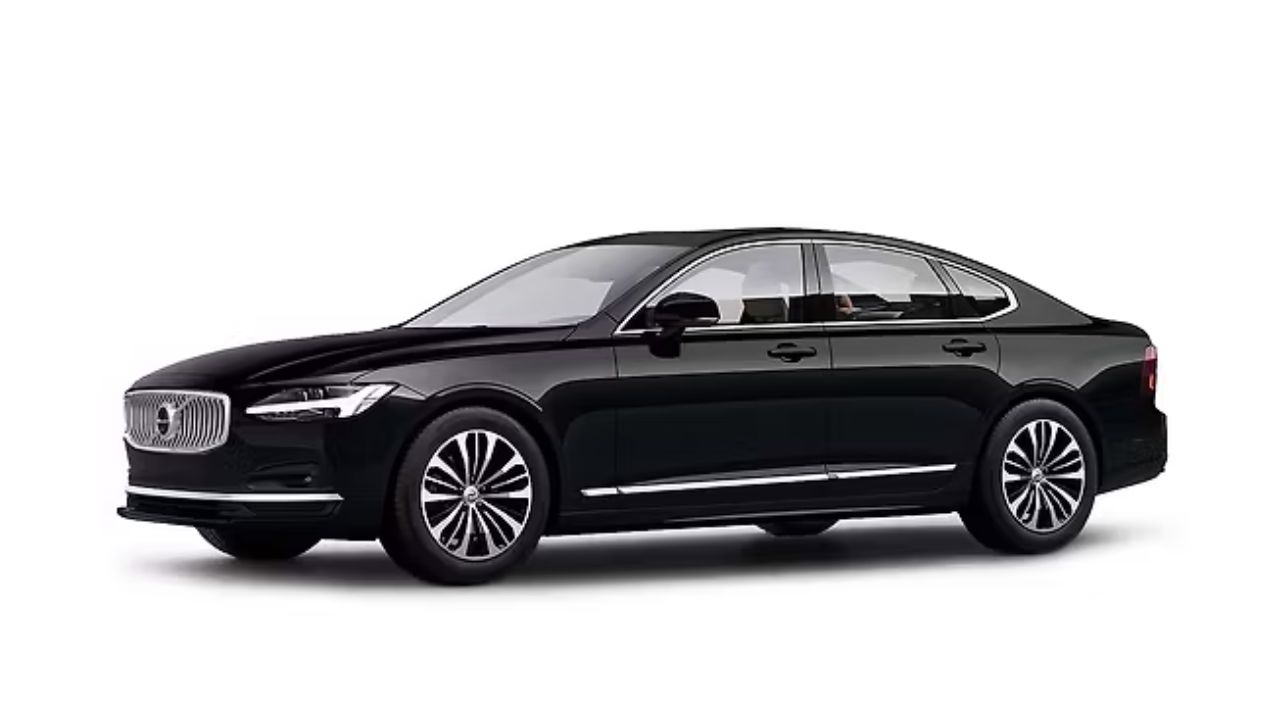Most Americans have seen the 1976 Bicentennial quarter in their pocket change—it’s the one with the special design featuring a colonial drummer on the reverse, created to celebrate the 200th anniversary of U.S. independence. While most of these quarters are worth just 25 cents, a few ultra-rare varieties and minting errors have become legendary in the numismatic world—some reportedly fetching over $5 million each in private sales or high-end auctions.
Here’s a breakdown of 7 Bicentennial quarters that could be worth life-changing money, along with what makes them so special.
1. 1976-S Silver Proof Bicentennial Quarter (Type 2) – Deep Cameo
These proof quarters were struck in 40% silver at the San Francisco Mint. What sets the Type 2 version apart is its sharp, clear lettering and polished mirror-like finish. In perfect PR70 Deep Cameo condition, some of these have sold for $5,000 to over $15,000. Rumors persist of pristine examples held by collectors with estimated value soaring past $1 million, but such sales are rare and often private.
2. 1976 No Mint Mark Bicentennial Quarter – Double Die Obverse
A known rarity, this quarter features noticeable doubling in the phrase “IN GOD WE TRUST” and the date. Extremely well-preserved examples of this error coin have reportedly sold for hundreds of thousands, and experts speculate a pristine version could easily break the $5 million mark in a rare private auction.
3. 1976-S Bicentennial Quarter Struck on a Silver Planchet
Most quarters in circulation were copper-nickel clad, but a few silver planchets were mistakenly used for non-proof strikes. These error coins are exceptionally rare and can sell for six-figure sums, especially if certified by grading services like PCGS or NGC. An example in flawless condition might command $1 million or more in a high-profile auction.
4. 1976-D Bicentennial Quarter – Triple Die Obverse
Even rarer than double dies, this coin displays triple-struck features, particularly in the lettering and date. Few verified examples exist, and collectors are willing to pay high six-figures to low seven-figures for authenticated specimens. The uniqueness of the error could push a gem-quality version to $5 million or more.
5. 1976 Bicentennial Quarter with Reverse Die Clash
Die clash errors occur when coin dies strike each other without a planchet in between, leaving an imprint of one die on the other. A well-centered and dramatic reverse die clash on a Bicentennial quarter is highly sought-after. The coin’s visual appeal, historical significance, and rarity have helped some examples fetch over $100,000, and experts believe ultra-rare die clash varieties could hit seven figures in the right market.
6. 1976 Bicentennial Quarter Struck on Foreign Planchet
Some quarters were accidentally struck on planchets intended for foreign coins (e.g., aluminum or copper-zinc alloy). These light-weight error coins often weigh less than normal and may have odd coloration. Verified specimens have sold for $10,000 to $50,000, and unique examples—like those on experimental or unrecorded planchets—could be worth $1 million+ to elite collectors.
7. 1976 Bicentennial Quarter in MS-70 Condition (Copper-Nickel Clad)
Most circulated quarters grade far below mint-state perfection. However, a true MS-70 copper-nickel clad quarter is virtually unheard of. If such a coin surfaces with flawless surfaces, sharp strike, and full luster, it could attract $5 million or more at auction due to its extreme rarity and iconic design.
Rare Bicentennial Quarters Overview
| Coin Type / Error | Potential Value | Key Feature |
|---|---|---|
| 1976-S Silver Proof (Type 2, Deep Cameo) | $5,000 – $15,000+ | Sharp details, mirror finish |
| 1976 No Mint Mark DDO | $100,000 – $5 million | Doubling on obverse text |
| 1976-S Silver Planchet Error | $250,000 – $1 million | Wrong metal for strike |
| 1976-D Triple Die Obverse | $500,000 – $5 million | Triple image on date and lettering |
| Reverse Die Clash Error | $50,000 – $1 million+ | Ghost image on reverse |
| Foreign Planchet Error | $10,000 – $1 million+ | Wrong metal or weight |
| MS-70 Clad Bicentennial Quarter | $1 million – $5 million | Perfect grade rarity |
While the vast majority of Bicentennial quarters are only worth face value, these rare specimens are in a class of their own. From minting errors to condition perfection, they command staggering prices among collectors. If you’re lucky enough to find one in your pocket change or old coin collection, you might be holding a small fortune in your hands.
FAQs:
Are all Bicentennial quarters valuable?
No. Most are worth only 25 cents. Only specific errors, rare mintings, or high-grade coins carry significant value.
How can I tell if my quarter is worth a lot?
Check for mint marks, errors (like doubling), and have the coin graded by a professional service like PCGS or NGC.
What does MS-70 mean?
It’s the highest grade on the Sheldon Coin Grading Scale—meaning a coin has no imperfections, even under 5x magnification.

